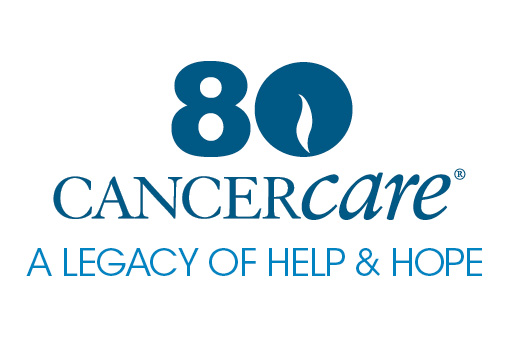A pet’s companionship can bring lasting emotional benefits to their owners. Despite this boost, their presence can bring risks to those with a cancer diagnosis. Care should be taken to ensure that you and your pets can interact safely during your treatment and beyond.
General Tips For Your Safety
A pet may be a source of germs that put your health at risk. The basic tasks of living with a pet may also take more energy than you have at this time. You may even consider housing your pet elsewhere during particularly difficult treatment schedules. This fact sheet will give guidance on how to best promote your own health under these circumstances. For advice on how to keep your pets healthy, please read our companion fact sheet “Keeping Your Pets Healthy When You Have Cancer.”
Be aware of germs. Due to your treatment, your immune system may become compromised, meaning your ability to fight off sickness is greatly diminished. Small bites or scratches from handling or playing with your pet can become infected, making even the routines of play more hazardous than usual. Try to keep your pet’s nails trimmed and avoid startling them, such as waking them from sleep. You should also avoid letting them lick or kiss your face, specifically the eyes, mouth and nose.
If you do get a scratch or bite from your pet, wash the area with soap and water for a minimum of three minutes, then cover with a bandage. Hand sanitizers are useful, but will not kill all germs. Watch for redness, swelling or tenderness and contact your health care team if you have any concerns.
Adjust how you interact with your pets. Try not to pressure yourself to interact with your pets as you ordinarily would. Your continued health is most important. See if others can take over primary care duties such as walks and baths. In addition to the dangers of cuts and scratches, you may not have the energy to perform these daily tasks.
Adjusting other living arrangements might also be ideal, including how you sleep. An animal that shares your bed may put pressure against an area that is healing, causing pain or infection, and a drain or catheter for nightly medicines might be attacked or chewed. Consider other arrangements at this time, such as a pet bed, a friend’s home or a pet hotel.
Get help caring for your pet. If possible, ask a loved one to clip your pet’s nails, groom or bathe them. There is nothing wrong with asking others to take your dog for a walk or hiring a dog-walking service if you can. If possible, recruit someone to clean out your cat’s litter box and keep it away from food preparation areas. If you must clean up after pets yourself, wear gloves and wash thoroughly with soap and water once done.
Be careful with “outdoor” pets. Be mindful of the interactions your pets may be having. A dog may love to run into field and brush, but may pick up ticks or other parasites. You should also monitor your pet’s play friends, from whom they could pick up fungal infections or other diseases. Be cautious and clean them and yourself afterward.
You should also be careful during trips to the veterinarian, where many sick animals may be present. If your pet is receiving a “live” vaccine, such as for canine distemper, parvovirus or adenovirus-2, speak to the clinical staff about careful handling and other concerns of cross-infection.
If your child has cancer, watch their interactions with pets. It is particularly important to monitor children with cancer, as they may not understand the dangers of roughhousing, sharing kisses and other transmitting contacts with their pets. Children may also be drawn to strays and wild animals—these, along with petting zoos, should be avoided.
Think carefully about adding a pet to your home. A pet can be a wonderful source of optimism and support, but it is usually not a good idea to take on a new pet during cancer treatment. The requirements of training or getting them used to a new environment can be surprisingly hard.
A good substitute is “borrowing” time to spend with a friend’s pet. A visit to a kennel, pet store or other controlled pet environment can also provide a boost. These should be trusted sites where the animals are treated well and are healthy. You may even consider such activities as equine therapy, whether riding the horses or petting and helping feed them, but these should depend on your personal capacity. In all these episodes, precautions beforehand and cleaning yourself afterward are advised.
Considerations about unusual pets. Non-traditional pets including chickens and certain birds, rodents and reptiles, bring up other issues. Salmonella is a particular concern with all animals, as this can be transmitted through their waste, and other diseases can be particular to non-traditional pets. Avoid these animals as much as possible. If you own one as a pet, ask others to clean their tanks or enclosures during your active treatment. Wear gloves and wash your hands with soap and water, should you need to handle them.
Edited by Victoria Puzo, LCSW
